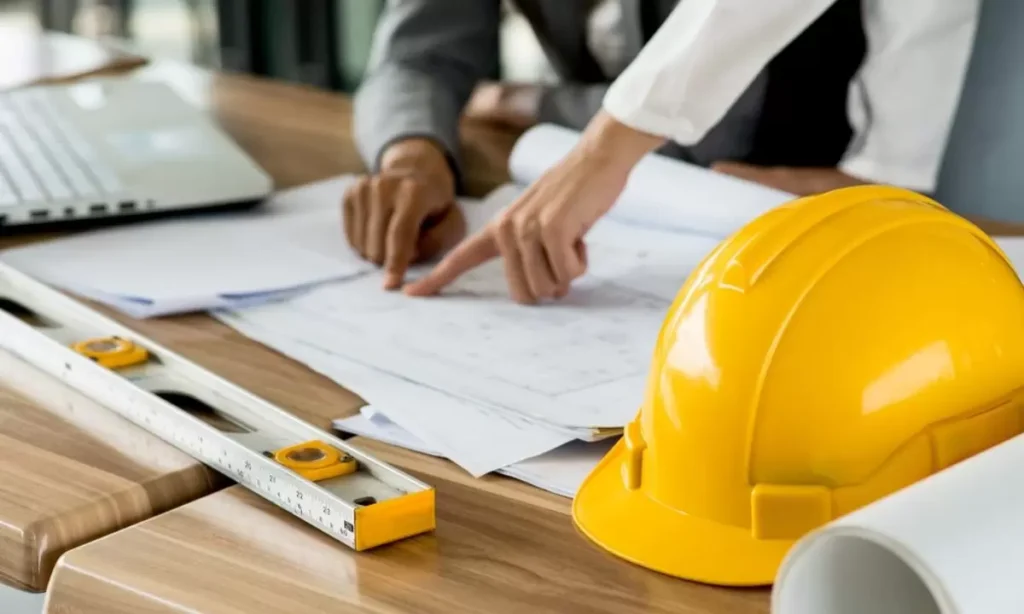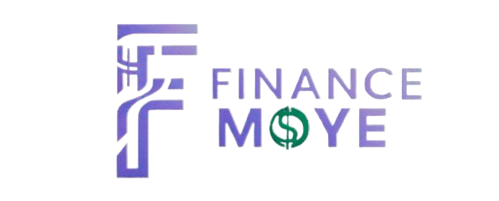Regulatory Compliance In Construction Industries
Behind the scenes construction companies have a massive amount of regulations and compliance duties to confirm the protection of their employees and the community as well as to safeguard the surroundings.
Comprehending what compliance in the construction industry is and why it is essential is fundamental for buyers, providers and contractors to confirm their works are entirely adherent with industry standards.
In this article we’ll investigate the realm of administrative compliance for construction companies illuminating its significance and tendering practical understandings to navigate this fundamental aspect of the industry.
What is compliance in construction?
Compliance in construction refers to following the rules. There are many rules to keep buildings and workers safe. The rules make sure work sites don’t hurt people or the environment. Contractors must obey laws on safety gear permits and inspections.
Compliance protects everyone involved in construction projects. Some important rules construction must follow are about materials. Regulations list approved materials like wood and concrete.
They say how structures should withstand weather and time. By staying compliant builders can create safe homes and offices for all. Compliance gives confidence that projects meet quality standards for many years to come.
Compliance in Construction for Suppliers

Suppliers provide materials to builders. They must ensure everything follows standards. Regulations cover items like cement rebar and tools. Suppliers check materials are strong and durable enough. This helps construction last as long as planned.
Delivering the right items is key. Suppliers validate materials that match job needs. Permits are needed for some supplies. Suppliers help make worksites compliant. Good suppliers take this duty seriously.
Proper documentation tracks supplies. Paperwork confirms quality and legality. Suppliers keep builders out of trouble with records. Receipts and certificates aid compliance proof. Proper paperwork prevents project delays.
Overall supplier compliance makes projects smooth. When suppliers and contractors coordinate rules are easy to meet. Buildings get completed safely under budget and on time. Compliance at every level leads to structures to rely on for years to come.
Why is Compliance Important for Buyers?
Safety First: Compliance ensures buyer safety. Buildings constructed to code last and stand firm. Regulations prevent hazards that can harm. Buyers need not worry how housing will hold up. Peace of mind knowing compliance made projects solid.
Protect Your Investment: Buyers make a large purchase with a new home. Compliance guards the investment from losses. Structures don’t require unexpected repairs from violations. Houses stay standing through weather without costly rebuilding. Value stays high as compliant structures.
Trust the Process: Buyers rely on rules guiding construction. Compliance gives faith that projects were rightly made. Inspections reassure work passed legal muster. Buyers gain confidence homes are built wisely and well. Peace of mind knowing regulations made projects sound.
Resale Ready: Future buyers also benefit from past compliance. Homes resell easily knowing proper building occurred. Another family buys without concern of hidden defects. Compliance makes properties desirable for years to come. Structures stand the test of time from compliant construction.
How does Compliance Affect Health and Safety?
Regulations require safety gear like boots and gloves. Hard hats and shields prevent injuries on job sites. Rules mandate secure scaffolding and railings. Compliance shields workers from hazards keeping them healthy.
Compliance chooses materials like chemical free paint. It avoids toxic substances threatening wellness. Regulations approve stain and seal choices carefully. Health is top concern when compliance guides picks.
Safety inspectors check rules are followed precisely. They prevent exposed rebar and unguarded holes. Inspections approve equipment operation properly. Compliance through inspectors’ eyes keeps all involved protected
Buildings constructed under compliance standards last. Compliant buildings don’t harbor mold or insect risks. Living in structures properly built secures health for all. Families reside without concern materials could harm well being.
| Item | Impact on Health and Safety |
| Worker Safety Gear | Prevents injuries from falls, sharp objects, chemicals etc. |
| Approved Materials | Avoids toxic chemicals and substances that can cause diseases |
| Inspections | Catches defects or errors that could endanger users if left unfixed |
| Project Compliance | Ensures structures are built to last safely without mold, pests or material related issues |
The Best Way for a Construction Supplier to Show Compliance

- Proper documentation of all materials including test reports and certifications. Having paperwork that proves items meet standards is key.
- Up to date quality management systems like ISO online help confirm consistent compliance. External audits provide buyers confidence.
- Maintaining a customer portal with readily available compliance documents. Being transparent builds trust that rules are followed.
- Train staff on regulations and pass knowledge to clients. Explaining compliance earns credibility that it’s taken seriously.
- Open communication with builders ensures smooth projects. Working closely keeps worksites violations free.
- Online compliance hub makes documentation access simple. Buyers see commitment to getting rules exactly right the first time.
- Consistently delivering fully vetted items as ordered. Reliability demonstrates the control and care over each compliance detail.
- Responding quickly to any buyer or inspector questions. Demonstrating expertise that way solidifies the supplier is a partner in compliance.
How can a Competency Management Software Program Help?
Competency software centralizes all compliance data. It stores qualifications, licenses and certificates in one place. Easy access from anywhere saves time spent searching paperwork.
Programs track mandatory training deadlines and needs. They alert to renewals and guide further learning. Training is completed on schedule preventing license lapses. Skills grow with insights from data.
Many programs offer reporting features. Reports verify compliance status for clients audits and regulators. Proof is clear demonstrations of competency for workers teams and whole companies. Oversight is made simple digitally.
Software streamlines due diligence. It reminds of recurring tasks and speeds approvals. Compliance is showcased with easy export of info. Programs boost confidence with transparency and control.
Construction meets requirements through easy management digitally. Customized programs maintain customized training files. Data powers decision making for future needs. Analytics identify gaps and strengths with insights. Competency shines through continuous development supported by innovative software.
FAQ’s
What Regulations do Builders Need to Follow?
Safety rules for workers, environmental protection laws and building standards.
How can Companies Ensure Compliance?
By maintaining up to date licenses using compliance software and undergoing regular audits.
What are the Penalties for Non Compliance?
Fines construction delays license suspension or legal consequences like lawsuits.
Why is Worker Training Important?
Educated staff can spot and fix issues to avoid citations and keep projects on schedule.
What Type of Documentation is Required?
Records of inspections permits approvals materials used and worker qualifications need retaining.
Conclusion
Following all regulatory compliance is essential in construction industries to ensure worker and public safety protect the environment and complete projects successfully. Non compliance can cause serious issues like delays, fines and legal actions that hurt a business. However with proper focus on regulatory compliance through training documentation and management programs construction companies can avoid issues and violations to build trusted structures for communities.






